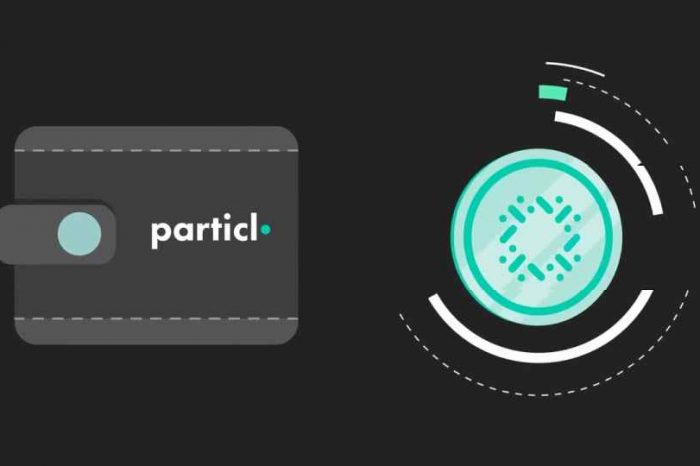5 Must-Have Features in a Data Loss Prevention (DLP) Solution

In today’s ever emerging era of cyber-attacks and with the advent of potent hackers a good DLP solution is a must for every organization — big or small.
A Data Loss Prevention (DLP) solution is a security platform that prevents organization’s sensitive data destruction by continuous monitoring and security policy implementation to protect sensitive data at all times.
However, there are numerous solutions out in the market, creating a problem: how to pick the best solution per requirements? The best “DLP Solution” is the one which fits the company’s requirements and offers a set of industry-standard features as well.
That said, what are those features?
Let’s check them out.
Content Analysis
Content analysis is the solution’s ability to analyze deep content using various techniques. It’s the process of analyzing and segregating data into groups, which helps the solution to apply relevant security measures to protect data.
Most DLP solutions offer some list of content analysis features including file cracking — a method for understanding a file even if its content is buried deep inside the file. For example, a PDF file attached to an Excel file, which itself is included inside a Word file, which is finally compressed into an archive.
Moreover, a powerful solution should also be able to deal with encrypted files. It must be able to analyze the file (what encryption, what type, etc.), identify any standard-encrypted file, and work with enterprise-encrypted files too.
Why is it important? It’s not possible for any solution to secure data if it doesn’t understand the data. Let’s say, an employee is sending a file to someone outside the organization, then the solution must be able to analyze its content to decide its sensitiveness (even if it’s encrypted) and perform relevant actions.
Data in its Lifecycle
A DLP solution must be able to handle data through its lifecycle, namely: data in motion, data at rest, and data in use. The reason being any data has a lifecycle and data must be protected throughout its lifecycle. For example, a file may be stored on your computer, then it can also move through a flash drive.
Data in Motion
Data in motion is the data moving through a channel or network endpoint. That’s why a “network monitor” is an essential part of any DLP solution, which is usually placed near endpoints for capturing and monitoring network packets. Then, it analyzes those packets and takes necessary actions if they’re found malicious.
A DLP solution also includes an email monitoring tool since emails are the most common method of transferring information. Most solutions pack in encryption features for reading, analyzing, and blocking encrypted emails or attachments.
Data at Rest
Data at rest is any data that’s stored on some device while it’s neither moving nor being used at the time. The feature, called “content discovery”, contains three components, which combinedly scans laptops and workstations, file servers and other storage servers, email servers, document servers, and databases as well.
Its immense advantage is it helps to apply a single policy across all data even if it’s shared, stored, or used across different systems. For example, you can create a policy to prevent transferring credit card data without encrypting it first, over insecure web channels, or via email and mustn’t be stored on insecure devices.
Data in Use
Data in use is any data currently opened in application software or other data available in the memory. Let’s say, if data is copied from an app or device to another app or device. The solution tests this data and blocks the process (say copying it) if it founds the data to be sensitive or violating an enforced policy.
Most DLP solutions offer some kind of endpoint protection as well that offers security for data on disconnected devices such as data on an employee’s laptop. Of course, they don’t enforce all policies and have other limitations too, but still, they prove useful to protect data on disconnected and unmanaged devices.
Admin Management
A central administration interface or central management server is important for security administrators to manage the whole solution. The interface’s dashboard should be customizable to be useful for technical as well as non-technical users while allowing admins to hide items for non-relevant users or roles.
A DLP solution must offer hierarchical management (for having administration and policies enforced hierarchically in the organization), directory integration (like Microsoft Active Directory or OpenLDAP), and role-based administration (for assigning admins and users to groups and roles per requirements).
Why is it important? DLP solutions are not necessarily handled only by security admins and professionals but also by non-technical staff like executive managers and business or legal departments. That’s why a DLP solution must provide a single-window interface for managing its features by all those persons.
Policy Management
A policy management feature is like the command center of a DLP solution. It’s the feature which helps you to create and enforce security policies, thus modify the overall security per your company’s requirements. It must cater to both technical and non-technical staff, but present policies responsibly to both.
It must allow you to choose the data to protect, the sources of data to protect, the destination channels, devices, or endpoints to monitor and protect, the actions to take at the time of policy violation, the users or other settings to apply the policy for, and the admins or users who can view or change the policy.
Why is it important? Any organization store a variety of data with new data being added almost every day. So, you may require protecting data in a different way than how it was protected in the past. Or you may require protecting a new kind of data in a new way. You can make changes using policy management.
Real-Time Analytics
A DLP solution is only robust if it provides real-time alerts or notifications and real-time analytics of the protected data. A real-time alert helps to notify the security professionals about an incident so that they can take manual actions if required. It’s especially helpful in a serious incident involving critical data.
Then, the analytics and reporting features help the admins to keep an eye on the overall security of your data as well as the performance of the solution. Many solutions even offer to create customizable reports per requirements. Also, you must ask for compliance reports if your company must fulfill compliances.
Why is it important? Alerts and reporting features are essential parts of any data-related solution since alerts help to instantly notify about violations. Then, you require reports for analyzing the security and a few more reasons. Let’s say, to present in a meeting, to share metrics with the concerned officials, etc.
That’s all about the must-have features you should look for in a DLP solution. Do you think there is any more important feature? Please leave a comment.

